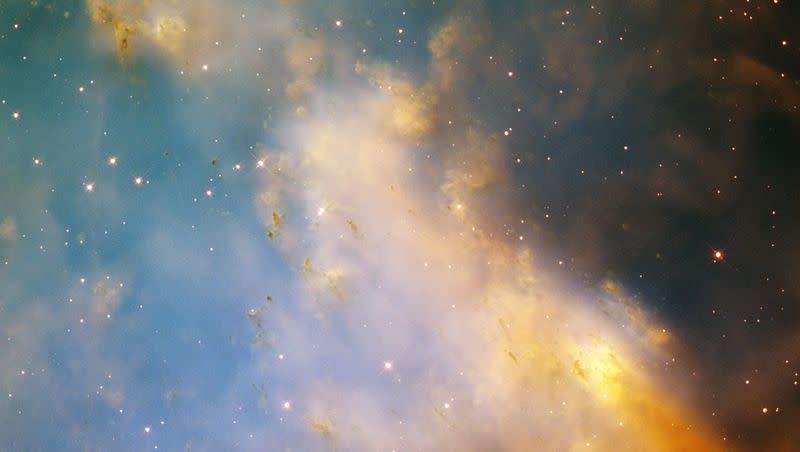A Harvard astrophysicist recovered meteor fragments. Are they natural or alien-made?

- Oops!Something went wrong.Please try again later.
In 2014, a meteor crashed into the Earth and fragments scattered across the Pacific’s ocean floor. Afterward Harvard astrophysicist Avi Loeb and his team went to the site, which is near Papua New Guinea to recover the fragments, according to USA Today.
They recovered 50 fragments, which “they say is unmatched to any existing alloys in our solar system,” per USA Today. The fragments were brought to the Harvard College Observatory where they were studied.
A question remains for the scientists: Was the meteor a product of nature or was it made by aliens? Further research could shed light.
Related
While Loeb recovered tiny fragments, he thinks it’s possible he can find a bigger piece. “We hope to find a big piece of this object that survived the impact because then we can tell if it’s a rock or technological gadget,” Loeb told CBS News.
Loeb has spent years studying the meteor. He and his team used information about the speed of the meteor and comparisons to other meteors to postulate that it came from outside the solar system. A Department of Defense letter later confirmed this and Loeb started to plan an expedition to recover it, per NBC 10.
The U.S. government told Loeb the 6.2 mile radius where the meteor may have landed, according to CBS News.
The expedition cost $1.5 million, The Guardian reported. Loeb and his team had to figure out how to locate and extract an object located on the ocean floor, which was 1.7 kilometers (around one mile) below sea level. A ship with a magnetic sled was employed to search for and collect the fragments.
The fragments’ composition was noteworthy. “It has material strength that is tougher than all space rock that were seen before, and catalogued by NASA,” Loeb told CBS News. “... The fact that it was made of materials tougher than even iron meteorites, and moving faster than 95% of all stars in the vicinity of the sun, suggested potentially it could be a spacecraft from another civilization or some technological gadget.”
The meteor in question entered the Earth’s atmosphere on Jan. 8, 2014 and was later discovered in 2019, per Space.com. It’s considered “the first known visitor from interstellar space.” Researchers Loeb and Amir Siraj reportedly suggested the frequency of objects from interstellar space visiting Earth “could mean that the seeds of life that had sprouted on our planet in the past 3.5 billion years may have come from another star system.”
Related
Loeb has previously said he suspects there’s extraterrestrial life.
“But if I had to guess, I would say not only that we are not alone, but that there were many technological civilisations before us that reached greater heights,” Loeb told UnHerd’s Flo Read. “We are probably not even close to the top half of their advances.”
The question of whether or not there’s life beyond earth has fascinated both the public and experts for years — some experts say it’s possible aliens exist.
Five experts were asked by The Conversation if they think aliens exist. Jonti Horner (astrobiologist), Steven Tingay (Astrophysicist), Helen-Maynard Casely (planetary scientist) and Rebecca Allen (space technology expert) said they do while Martin Van-Kranendonk (astrobiologist) said they don’t.
In a video posted on NASA’s website, NASA astrobiologist Lindsay Hays said humans haven’t explored the vast majority of our own solar system. “We can’t yet say for sure whether or not aliens exist. To quote Carl Sagan: ‘The universe is a pretty big place. If it’s just us, it seems like an awful waste of space.’ So, NASA will keep looking.”

